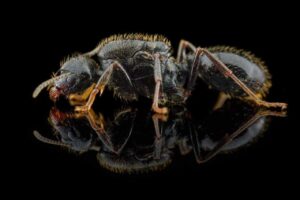Ants in the house
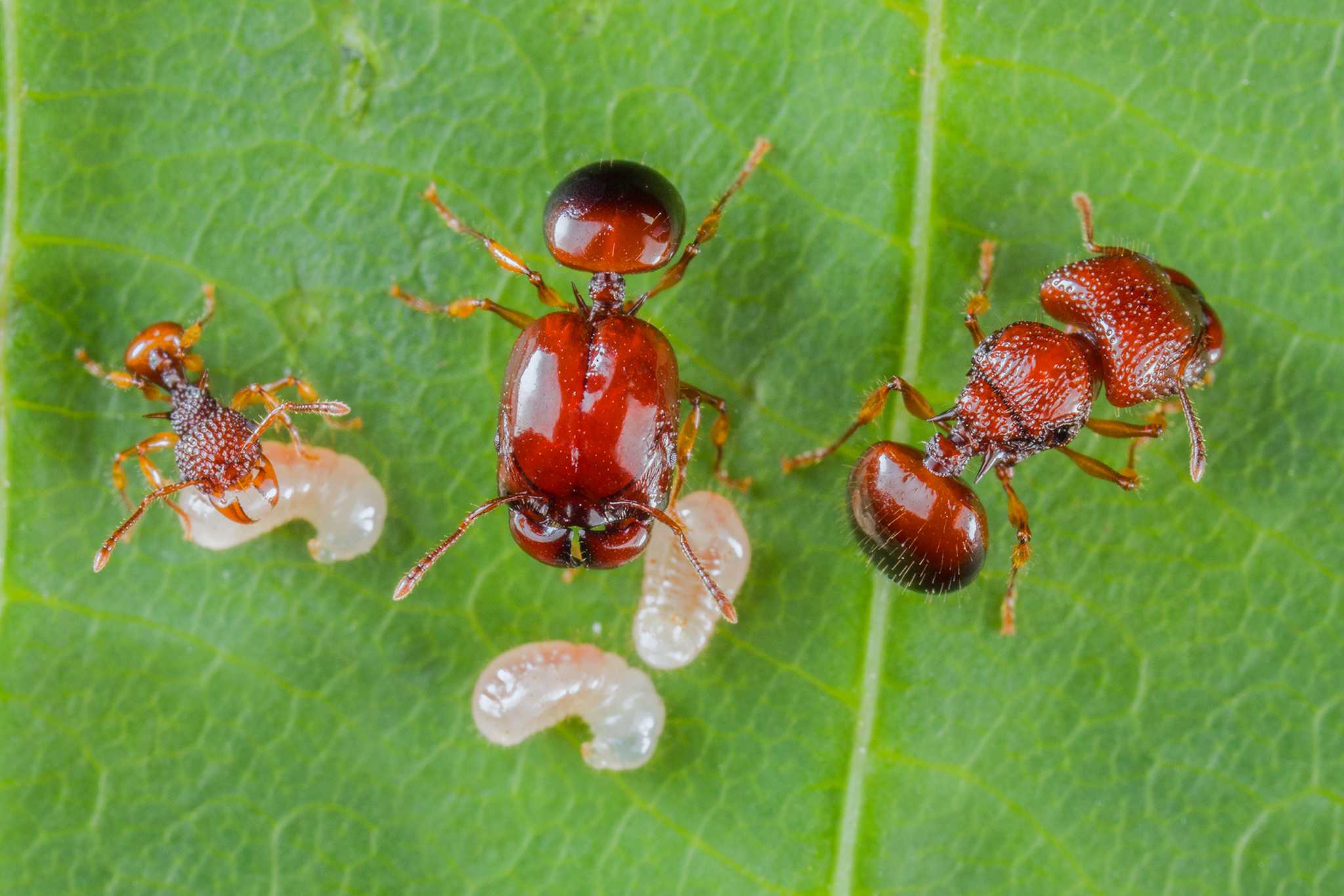
The article is a bit long, BUT you will quickly learn about all the important things that you will encounter while introducing yourself to ants, and you will also find answers to all your ant questions here.
Ants are the most interesting, informative, fun, exotic animals
Feeding the ants
Ants eat a little: a drop of honey syrup a day, and sometimes fruit flies or cockroaches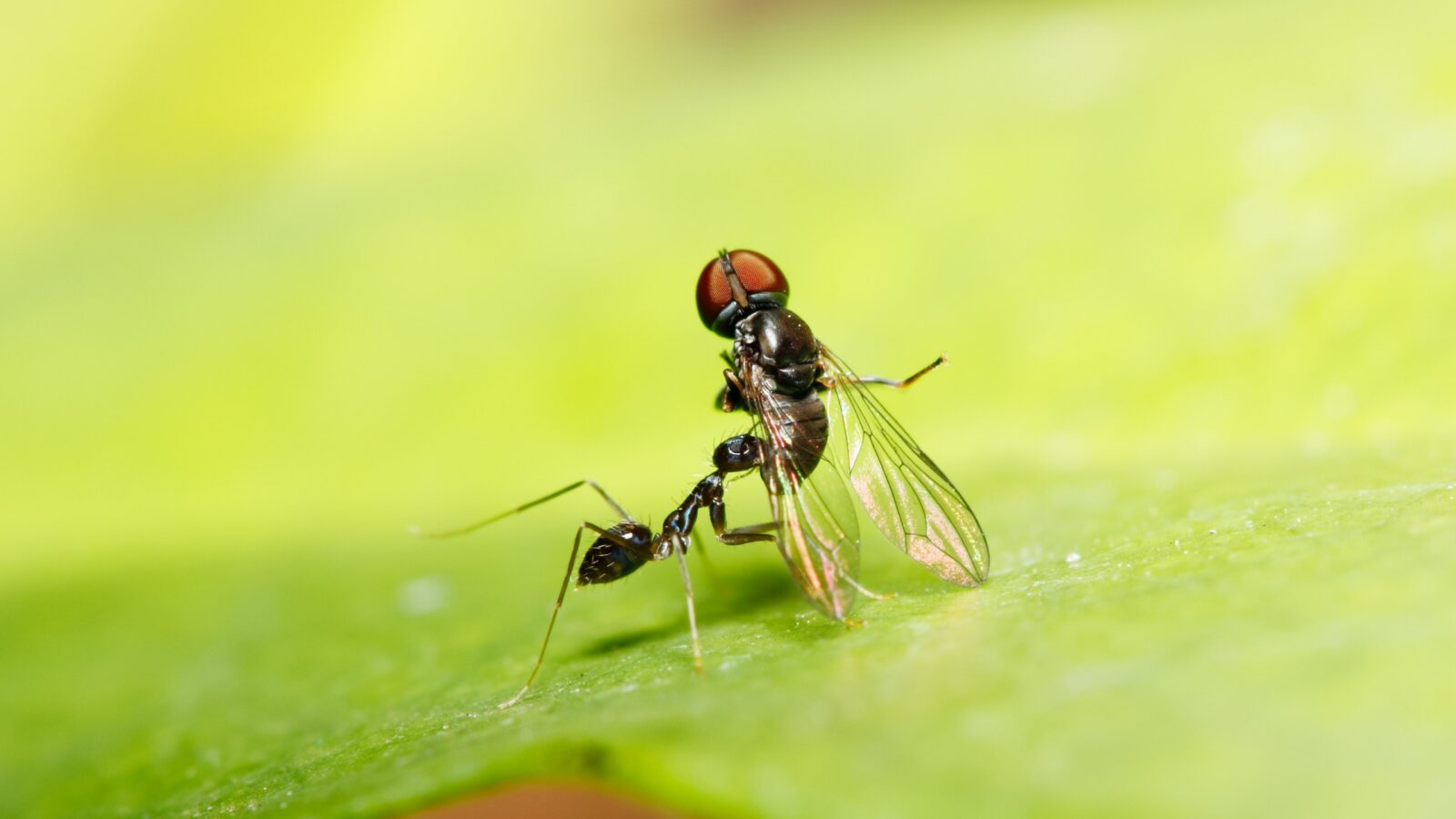
Ants do not make noise
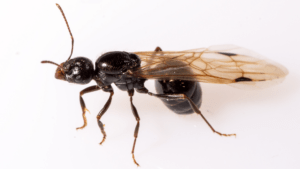
Ants have no smell, no wool, no dust; there is no trash from them at all
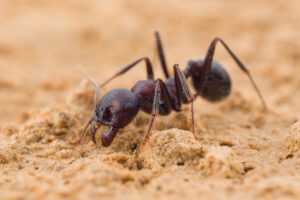
Ants live in compact and light formicaria
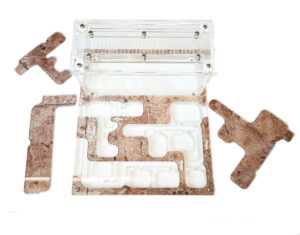
Ants are very mobile – they will not hang in one place in the aquarium – there is always something going on in the formicaria, work is in full swing
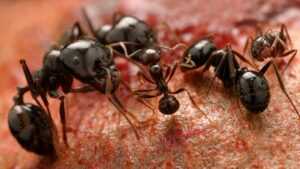
The ants themselves organize things in their formicaria and generally do everything themselves
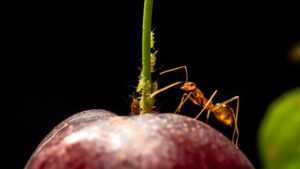
Ants are complex social insects. In fact, they won’t be interested in you. The purpose of their life is the prosperity of the colony.
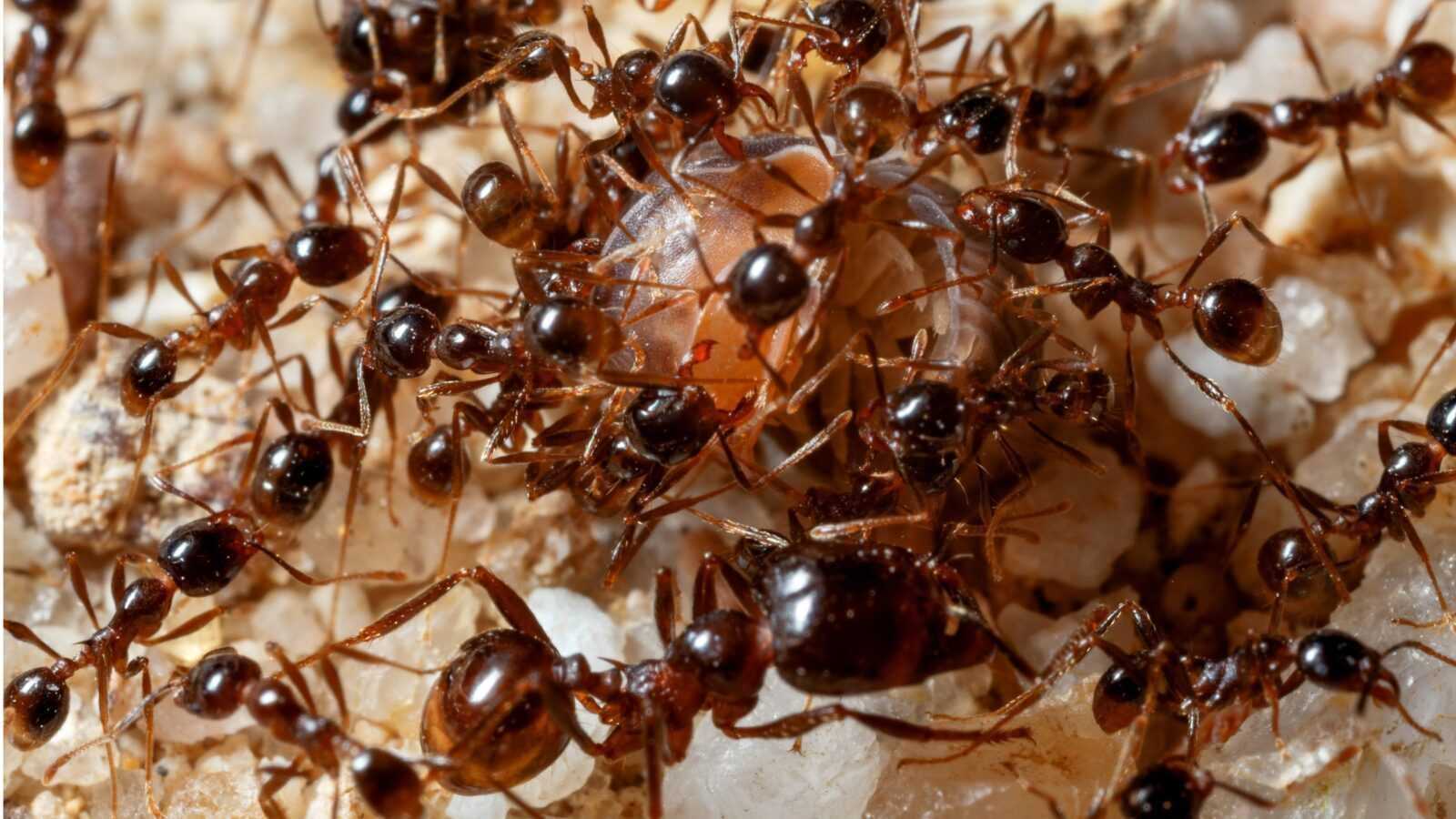
The most interesting thing will happen in your colony not earlier than in 6-9 months.
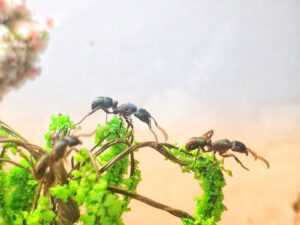
In the beginning, all you will see is the mother sitting in a test tube and slowly developing larvae / pupae.
![]()
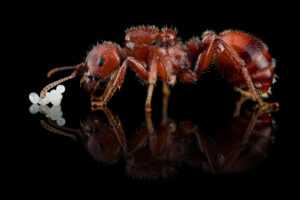
The first stage of colony development, from one queen to at least 50 workers.

Food insects
You will have to face accompanying insects: flies, cockroaches, crickets, etc. – these are not the most pleasant insects to hold. Not everyone can afford to support and forage crops – and without these sources of living protein, you cannot get a thriving colony.

Buy a mother/queen
Most often, ants are purchased from online stores that manage to catch them during the flight or ordered from another country. We strongly advise against digging/digging anthills – the chances of catching the queen this way are negligible, and the anthill will suffer irreparable damage.
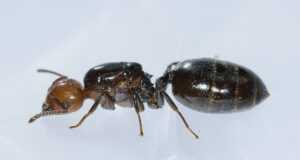
It is recommended to keep the incubator with the mother in the dark and rest, at a temperature
~ 22-26 ° C
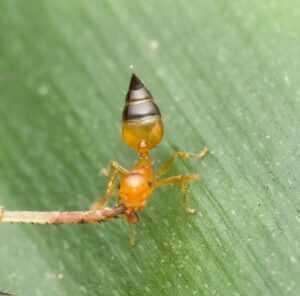
Initial colony
By “starter” colony we mean the mother in the incubator. The starting colony is counted until at least 15-20 workers are present.
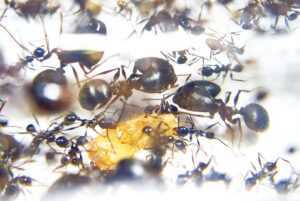
Young mother
In nature, a young queen who flew out of her native anthill to start a new colony, first of all, hides in some hole and no longer shows up. She lays eggs in the burrows and waits for the first workers to appear, feeding the larvae with her body’s reserves (and even dissolving her flying muscles that she no longer needs). Usually, the foundress does not eat anything until the first workers who actually get food for her appear – and feed her for the first time since her imprisonment (usually for life).
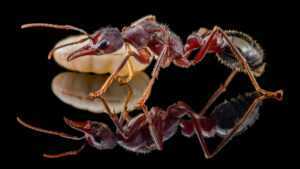
Feed it or not
It is worth watching the mother in the incubator – how does she behave? All queens can be conditionally divided into 2 categories: the first one walks around the incubator, looks for something, tears the cotton wool, sometimes moves away from the brood, the latter sits practically still on the cotton wool, only moves from time to time. So, answering the question “feed or not”: you can definitely feed the former (but remember to observe whether they eat or not). But it is better not to bother the latter – only as a last resort you can try to feed such a mother “from the hands”
![]()
![]()
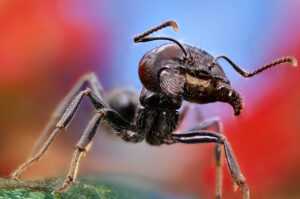
No chemistry
The quality of the products must be monitored very carefully: if the honey turns out to be unnatural, with impurities, then the entire ant family will die: insects react badly to chemicals.
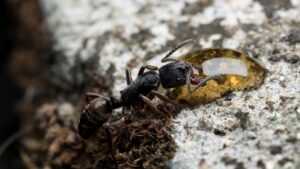
What to feed
Since the mother’s primary goal is to lay eggs, protein food will not disturb her at this stage. Small insects, especially fruit flies, are the perfect food for the mother and all small colonies – they are the perfect size and nutritional value.
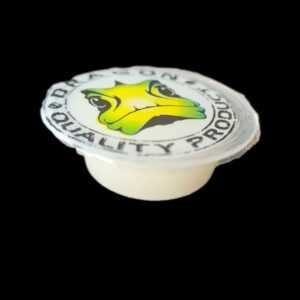
Feeding the initial colony
In nature, the food of ants is very diverse – thousands of flying and crawling insects, alive and not too many, many plants secrete sweet juice, various sucking insects (mainly aphids) share the sugars extracted with the ants. For this nutritious seedlings of some plants, pollen.
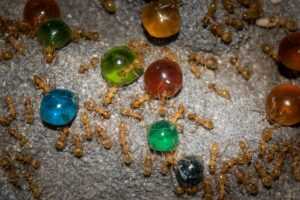
Carbohydrates
Carbohydrates are the main source of energy for adult ants. Simply put, carbohydrates are sugar or something sweet. list of tested sweets: honey, sugar, fructose, glucose, marmalade, soufflé, nougat, etc. But the fruits that ants like to eat: apples, peaches / apricots, grapes, mangoes, etc.
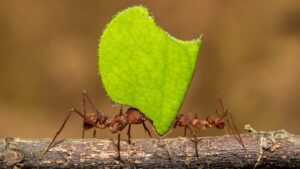
Protein
The best (and most understandable for ants) source of protein is other insects. No diet of cooked chicken or dried shrimp can even compete with a diet of fresh cockroaches or crickets. This is a reason to seriously consider how to start a culture of “prey” insects.

How Much Food For Ants?
Exactly enough that they will eat it in 2-3 hours and there is nothing left.
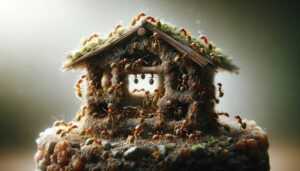
Ants and larvae
The ants themselves eat a lot and survive quite long fasts without any problems. Most (but not all!) Of the carbohydrate-free feed is eaten by the brood. The larvae eat a lot – they need to gain weight before the important stage – pupation.
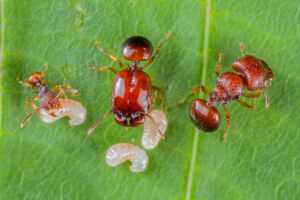
Young ants
It is worth paying attention to the size of “born” ants – small sizes (compared to “wild” ones) indicate a lack of food or, more often, an inadequate diet
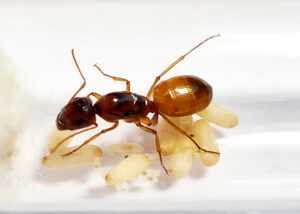
Accuracy and responsibility
Accuracy and responsibility are the keys to avoiding unexpected and fatal accidents in your colony. Options such as “overlooked and ran away”, “forgot to feed”, “cotton wool dry”, etc. should be ruled out. Ants love stability. Feed, water, cleaning, and in general all grooming procedures must be done regularly. Methodically following a small set of rules will help Avoid tragedies and unpleasant surprises Also because ants won’t ask for food or water – it’s very difficult to guess what they need at any given time.
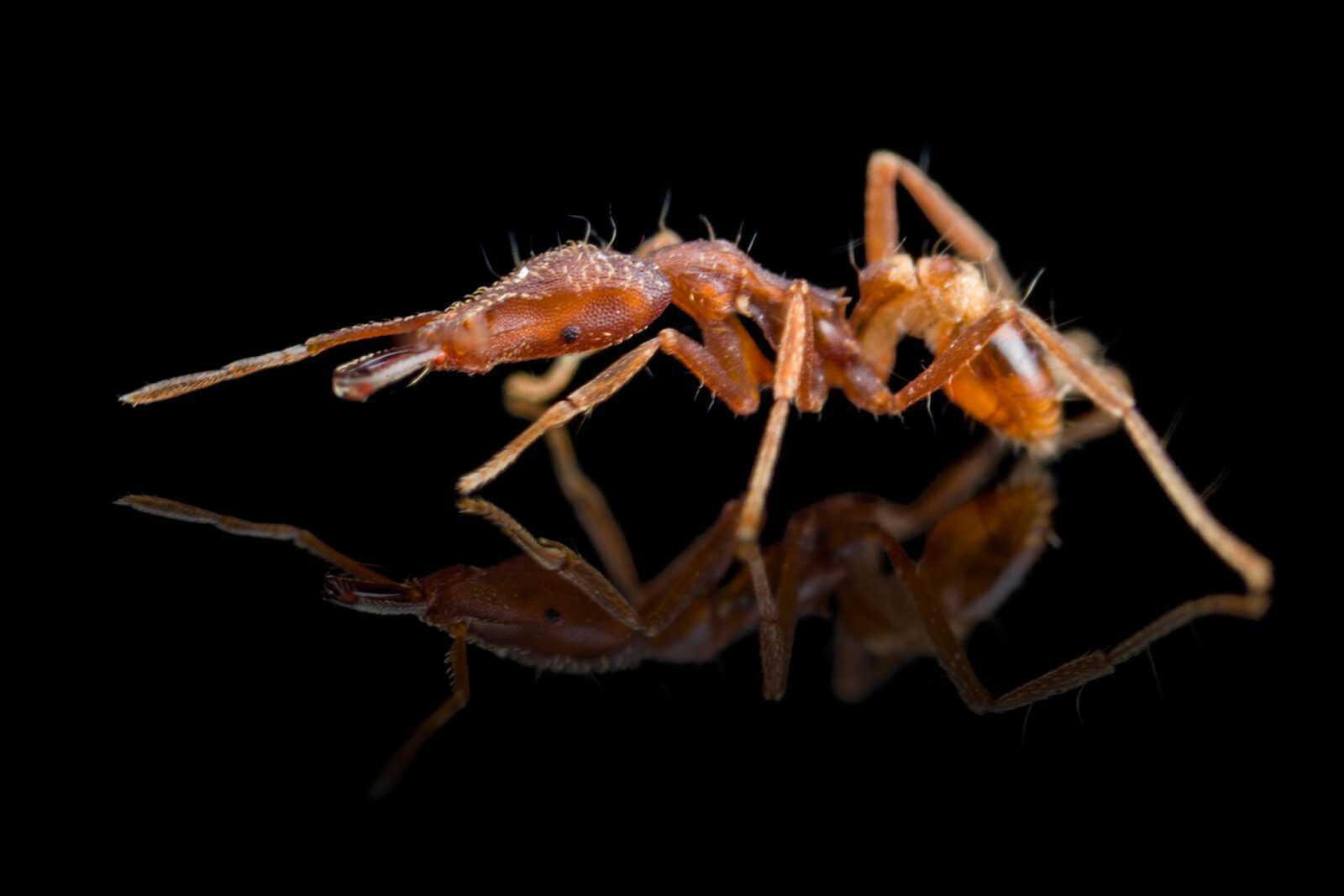
Humidity
Almost all ants prefer high humidity. And for brood rearing this is generally a prerequisite. The easiest way to maintain a high level of humidity in formicaria is a moistened gypsum block, which is also the base of the nests. The gypsum/sponge is moistened, absorbs water, slowly evaporates, saturating the air in the formicaria with moisture.
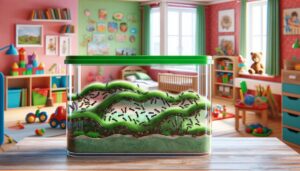
Temperature
Most “our” species of ants do not require additional heating (and some species, such as Myrmica, generally love the cold).
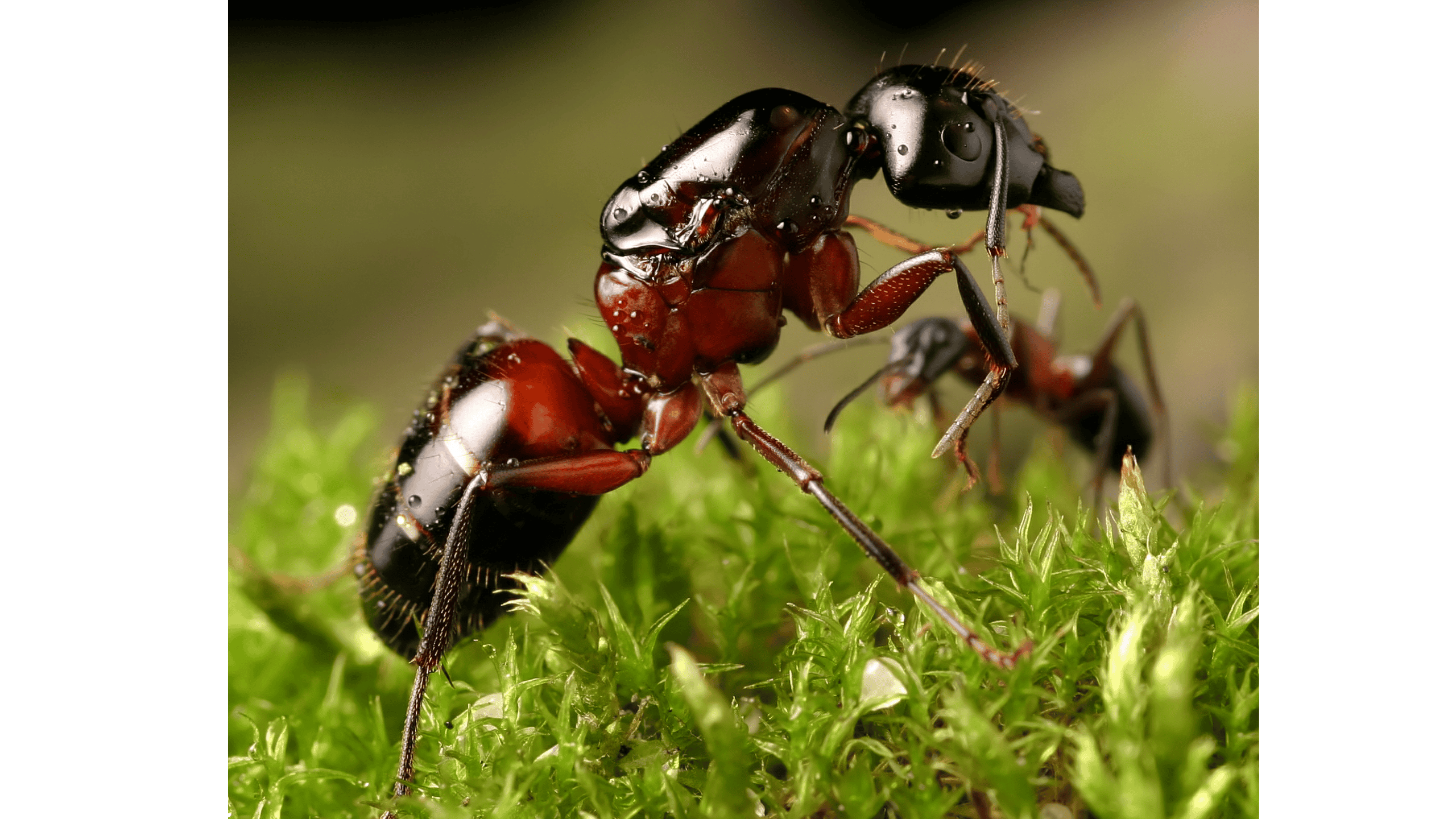
Heat
But in general, ants love heat very much – they become much more active and funnier. In warm conditions, the brood develops faster – your family grows faster.
![]()
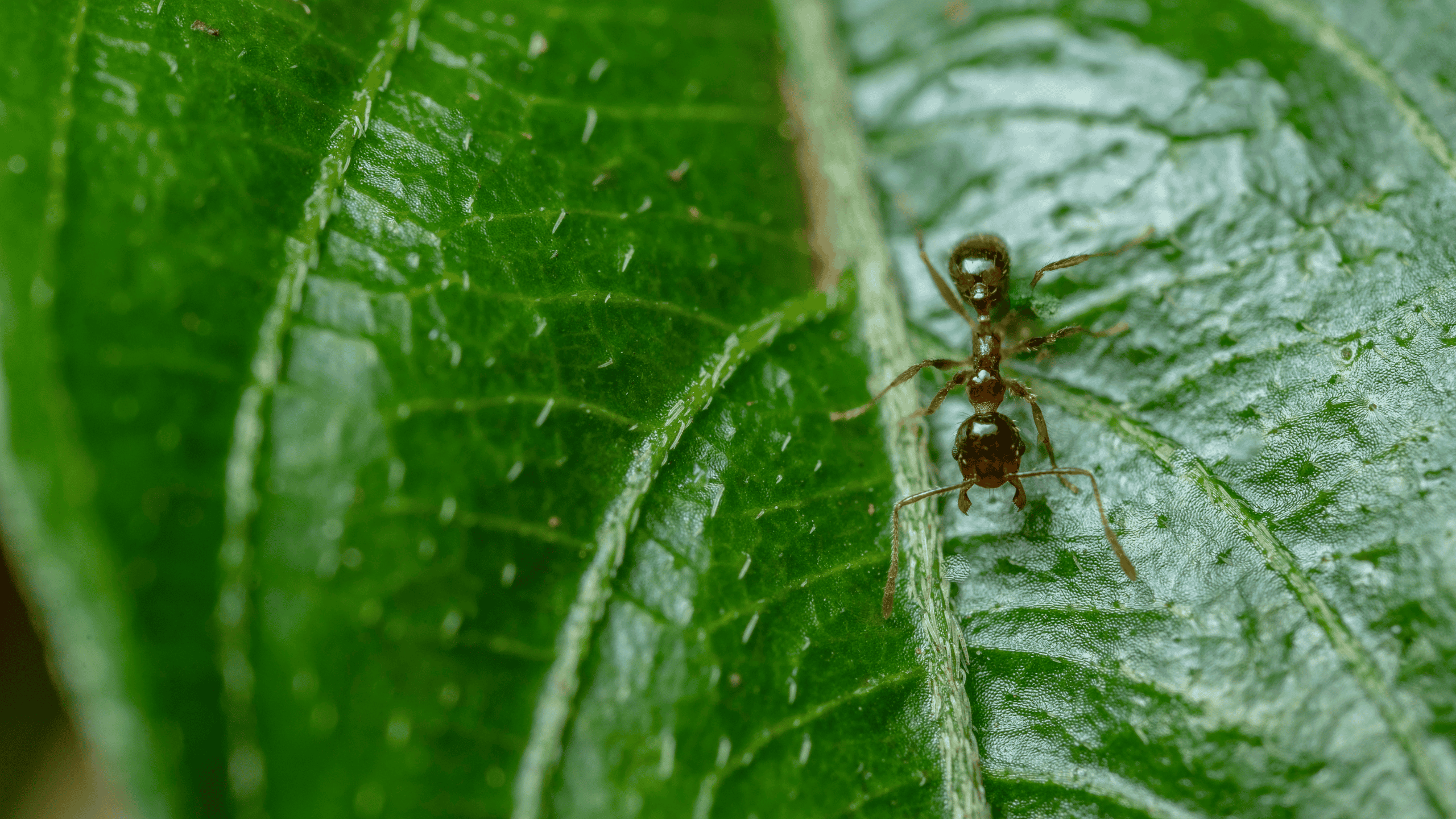
Ventilation
Ventilation is just as important as timely feeding. Due to insufficient ventilation in formicaria, excessive humidity will appear, the air can become stagnant – this can lead to the growth of mold that is destructive to your family or the appearance of parasites.
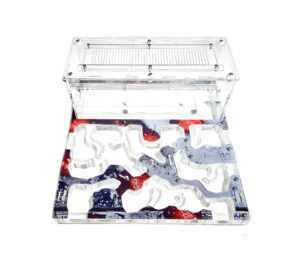
Vibration is a threat
Ants don’t have hearing organs, but they have senses – special, sensitive hair that can perceive vibrations. The senses are found on many parts of the ant’s body – on the head, legs, abdomen, etc. Ants communicate by touching each other with their antennas. So, ants are quite aware of all kinds of vibrations – from the gentle tapping of their fingers on formicaria to the audible “thump” of loud music. Ants perceive any extraneous vibration as a signal of danger – they get nervous and panic.
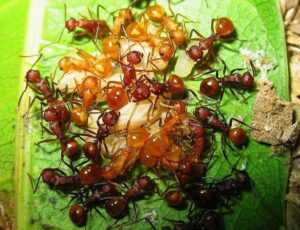
Light
Many ants do not have very good eyesight, but they can distinguish bright light very well. Sudden changes in lighting scare off ants.
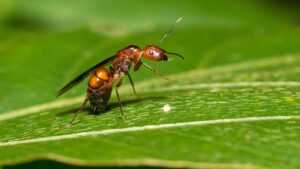
Ant life is in full swing
You can make a formicarium with your own hands – soap dishes and plastic candy boxes that are filled with plaster are used. Then, in the plaster mold, passages and “rooms” for insects are cut out. When an ant colony is placed in the formicarium, it chooses where the queen will live, where the eggs will be laid and where the larvae will do so.
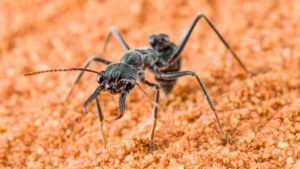
Length of life
With dead ants, a cemetery site is designated and workers (or gatherers) carry food throughout the day to feed the female and nannies who monitor egg laying. The ants themselves, depending on the species, live up to two years, and the mother – up to 20 years.
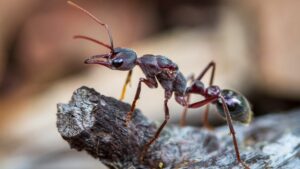
In order not to run away
Open formicaria from above can be lubricated with female lip gloss: firstly, ants do not like chemical smells, secondly, the gloss is sticky, so they cannot run out of the house. Well, if the ants run away, they will most likely die. Talc or other agents can also be used.
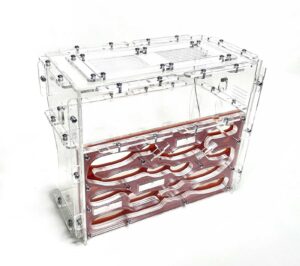
The most common ants in breeding
Harvesting ants (Messor structor, Messor barbarus), black garden ant (Lasius niger) or tree-topped ant (Camponotus ligniperda).
